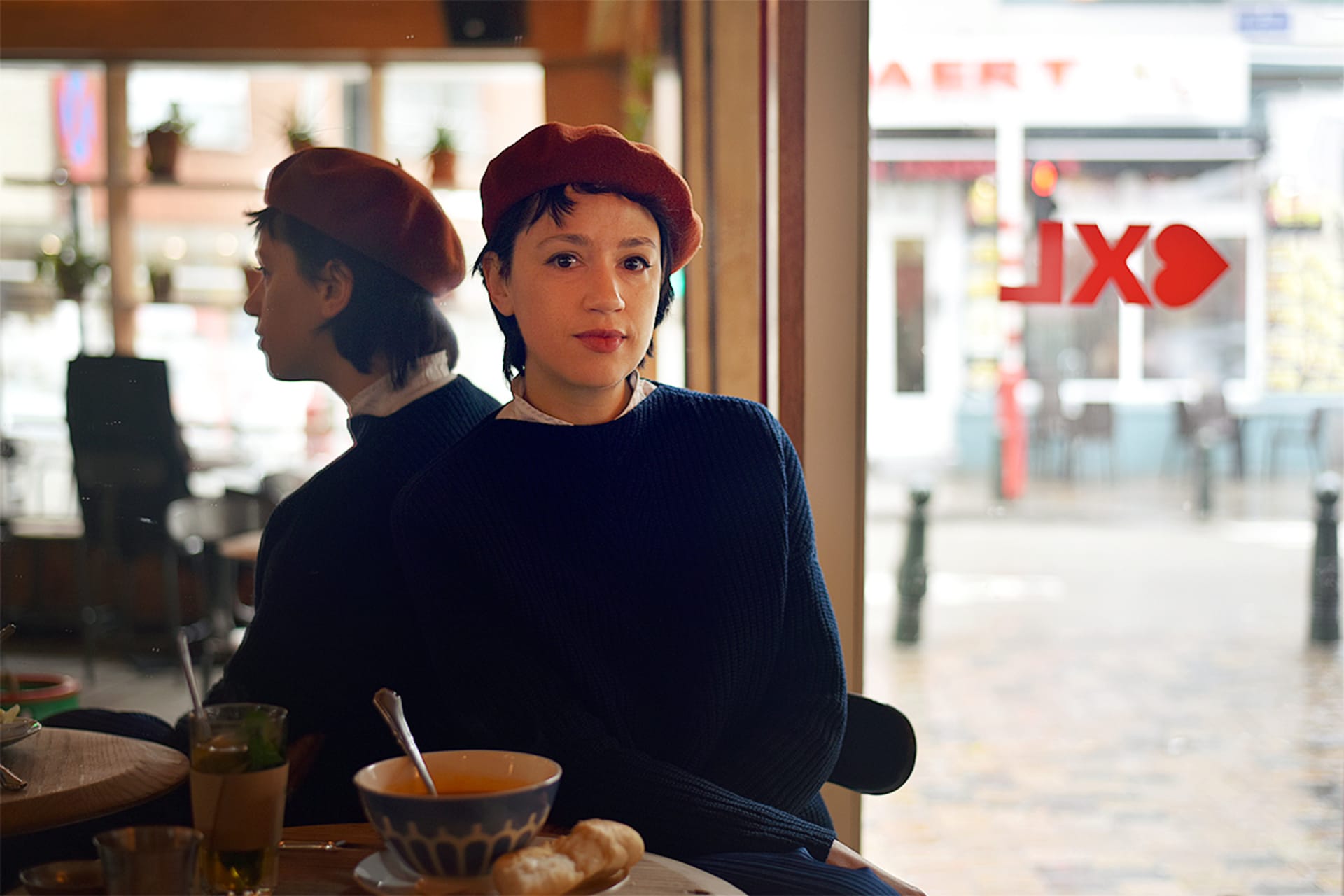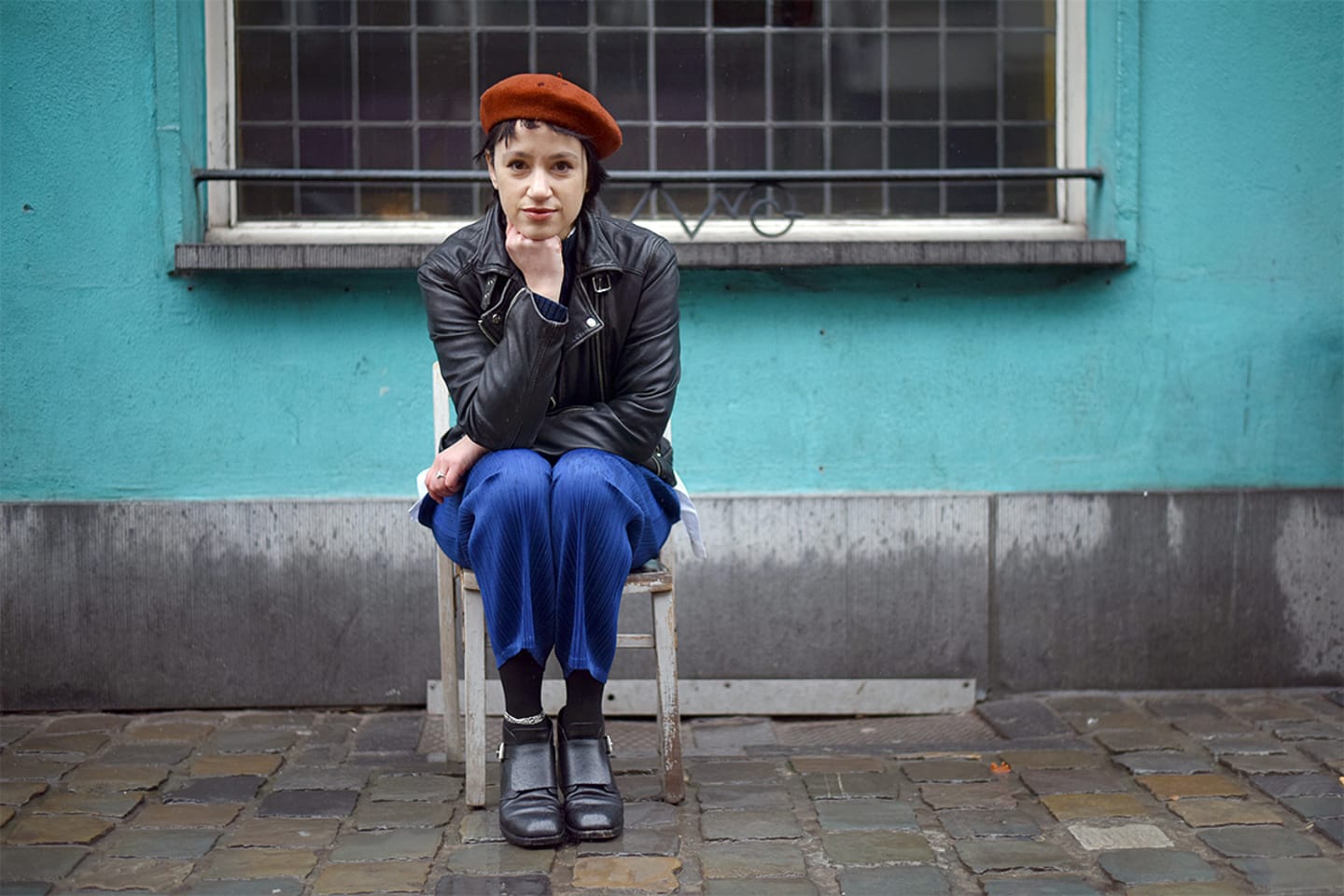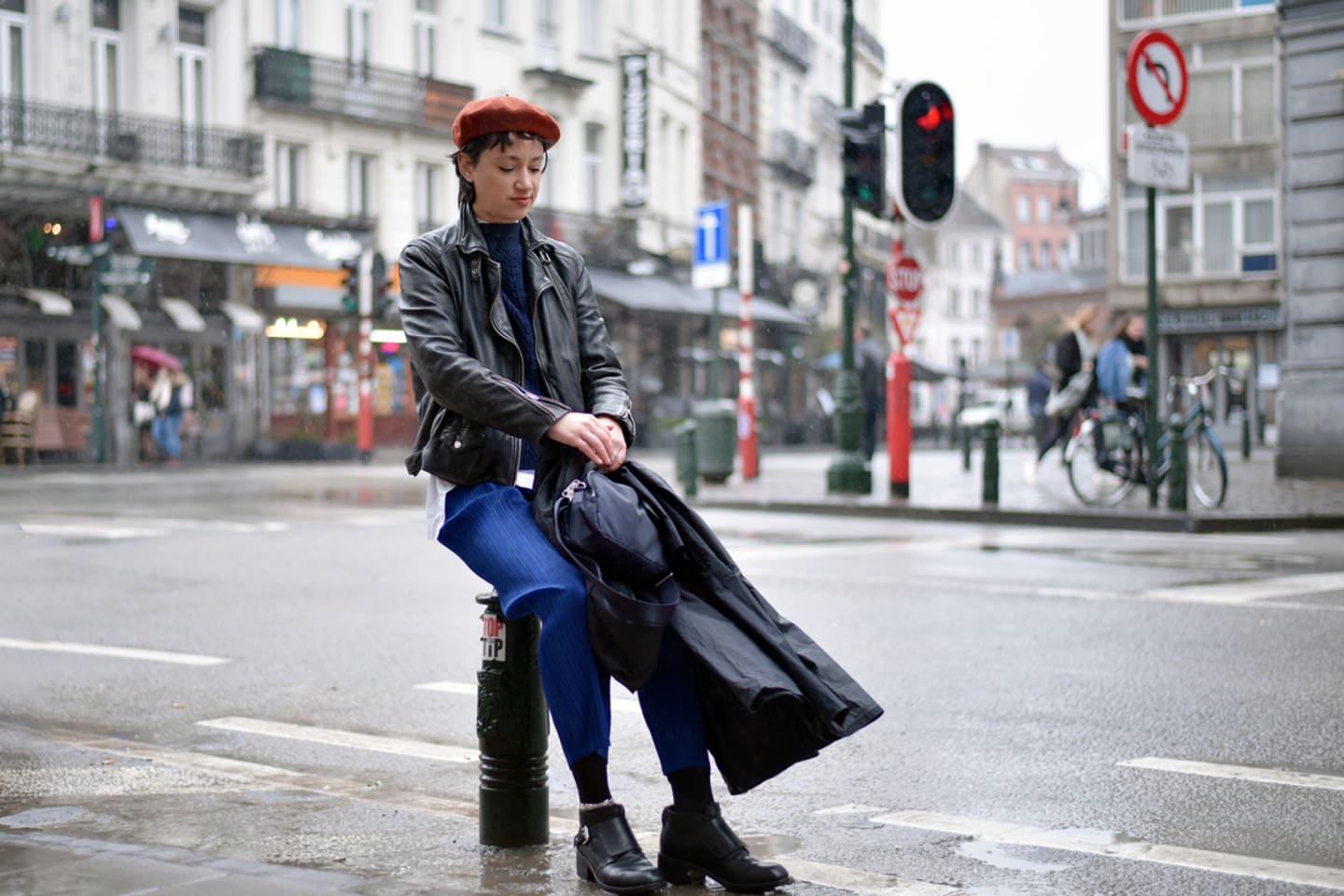
An Interview With Elena Colombi About NTS Radio, Living In Belgium And Eclectic DJing
By her own admission, Elena Colombi has "anarchic taste," and that's a big part of why we like her DJ sets so much.
If you’ve spent any time listening to NTS radio lately, there’s a strong chance that you’ve come across Elena Colombi. The Italian DJ has built a reputation as a fearlessly eclectic selector largely thanks to the following she built via her monthly NTS radio show.
In her broadcasts and in her DJ sets, Colombi’s style is a collage of disparate genres and loose aesthetics that stretch across time and taste. For us, her shows are a place to turn to when we want to be musically surprised no matter with ’80s industrial obscurities, unknown ambient releases or even airy nouveau-Balearic comedown music.
She’s now based in Brussels after a long stint in London. We asked TEB contributor Gareth Owen to go ask her a few questions.
When I listen to your mixes, I feel like you have a really eclectic sound that somehow fits together. What’s your process for picking tracks?
Every mix, radio show or DJ set is a mirror of my current musical infatuations.
Usually, I get really obsessed with some special track and that triggers the idea or mood that becomes the starting point behind the project. But I never plan the whole thing out, I hate structure! Influences come from all over, and I realize if you focus on each song individually perhaps it might make little sense! But my (admittedly anarchic) taste is what glues the whole thing together and makes it “mine.”
What have been your favorite recent musical discoveries?
Ben Bertrand, Vanligt Folk, Masahiro Takahashi, Brume, Mandible Chatter, Pasiphae, Zaliva D, Carcass Identity, Philipp Otterbach, Victor De Roo & Alex Deforce, Lamusa II and Irene Papas are all artists I have been listening to a lot lately.
And more and more CDs and tapes are making a welcome comeback in my collection. Let’s bring back these formats!

One of my favorite mixes you recorded was that one you did for Sanpo Disco. How did that come about? Was there any special meaning behind it?
Sanpo Disco approached me to do a mix in 2017. I liked the series a lot, but I was really busy at the time, so I said I’d try and do it while touring, and that didn’t work out.
Then, one day last summer, I was at home in London listening to Ami Shavit, and I felt like recording a mix including one of his tracks. The result seemed perfect for Sanpo Disco, so I sent it.
I wanted to ask about your visual identity. You have very strong images that you use for your NTS show for example. What influences you there?
I knew from the very first NTS show that I wanted to keep a very strong visual identity, connecting the sensation given from the image to the music played in each show as much as possible.
It’s a bit of a cliche I know, but things I come across in my everyday life are the biggest inspiration: movies, performances, books, conversations with people, infinite and accidental online browsing, and lately I have been more attracted to images that are hard to define, that make you wonder whether they have been altered digitally.
You have a long history with NTS, but over the past couple of years your international profile has risen considerably. Is there a relation between how you approach your NTS show and a festival or club gig?
It isn’t that long really, my first regular show on NTS was in July 2016. The show got picked up quickly, I guess outside of the London scene not many people knew the series of parties I was running and got intrigued by both the selection and what in their eyes was a fresh name.
But my relationship with NTS is definitely a powerful one, I love what the station represents and the freedom they give to artists.
As for the selections: yes, absolutely. When I get excited about a record or a label, I just want that sound to be everywhere for a while. I want people to fall in love with it, just as I did! Then I naturally move onto a new thing. I move pretty fast, you know? I like everything I dip my fingers in to feel fresh, and that includes the music I play in clubs, on the show and at home.

Do you ever revisit your past obsessions? Or are you always pushing forward?
Yes. Some throwbacks are just irresistible, aren’t they? As much as style and taste can change, there are some “goldies” you’ll always love. Despite the odd romantic moment with a track or album that I used to be really into, I prefer to push forward and focus on new discoveries. I get super excited, especially when I find music that comes from new artists that I believe should get more attention.
I would imagine you get sent a lot of promo music. How do you deal with that and does it play a part in your discovery of new material? Do you have a method?
I prefer a human context whenever possible, and I prioritize personal emails over PR promo bundles. It’s important for me to have some sort of connection with the person who sends me the music. Whenever I get the chance I ask for details about the track, the story behind it and the meaning of the lyrics. I am a true musical romantic!
As for method, it used to be a total mess to be honest. For a long time, I wasn’t even able to find tracks that I knew I had on my own hard drive. Recently, I found some small tricks that help me organise things a bit better. Playlists and folders make more sense, I can finally find what I am looking for!
You recently moved to Brussels, which could be considered counter-intuitive to some people. But the city has a hugely relevant significance to dance music which some people may not be aware of. What made you move there?
Yes, and I think I am creating a counter-movement! Brussels is very well located, has a solid rail network, has decent rental prices, it’s smaller and more “human” than other European cities…There’s not a lot of hype like in Berlin, for example, but at the same time it has a rich alternative music scene.
Published April 08, 2019. Words by Gareth Owen, photos by Sepideh Farvardin.
